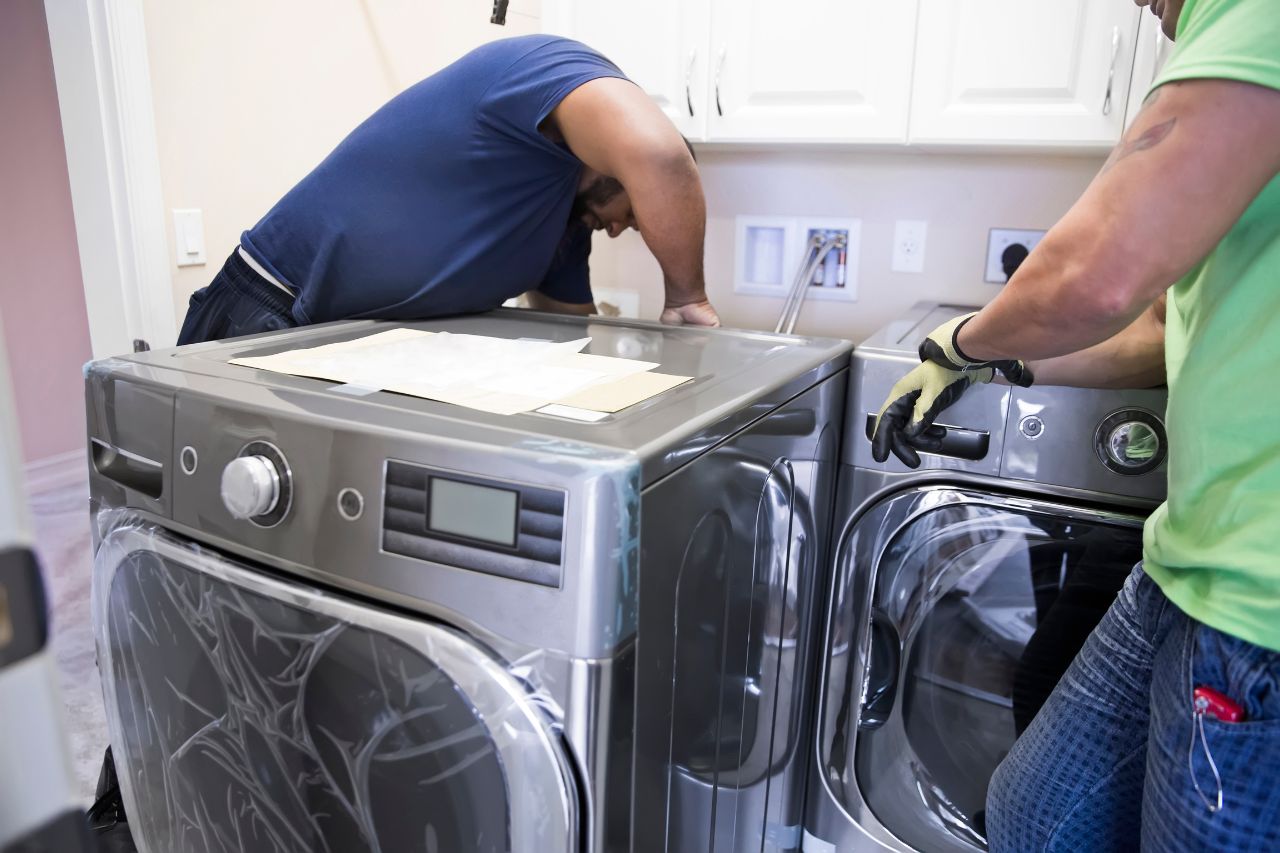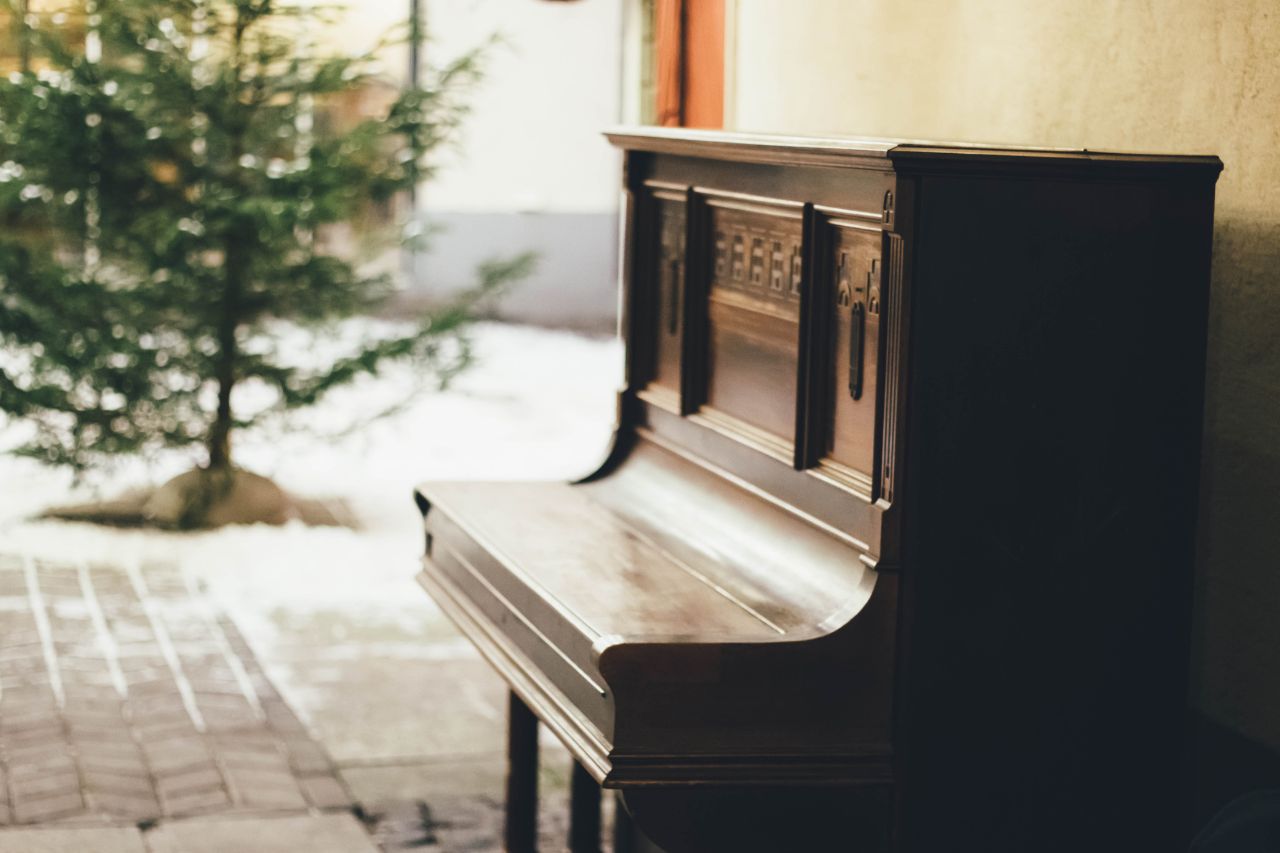How to Organize a Storage Unit: Essential Tips from Montford Movers

An organized storage unit saves time, reduces stress, and protects your belongings. Whether you’re storing household extras, business inventory, or seasonal items in Bluffton, SC, Montford Movers shares proven techniques to make the most of your storage space, so retrieving items later is quick and hassle-free.
Start with a Clean Slate
Before loading anything, thoroughly clean your empty storage unit. Sweep the floor, wipe down surfaces, and check for any moisture or pest issues. If you’re in a humid climate like Bluffton, consider laying down a tarp or moisture barrier to keep your belongings in top condition.
Plan Your Layout for Easy Access
Think about how you’ll use your storage unit and which items you’ll need to access most often. Place frequently needed items near the entrance and long-term storage toward the back or sides. Sketch a simple “map” or diagram of your planned layout to keep track of where each category of item is stored.
- Leave at least one clear aisle down the middle for access to the back.
- Group similar items together, such as holiday décor, documents, or kitchenware.
Invest in Shelving and Sturdy Bins
Install freestanding shelves along the walls to maximize your vertical space. Plastic bins are preferable to cardboard for durability and protection against moisture and pests. Stack heavier bins or boxes on the bottom and lighter ones on top to prevent shifting and crushing.
- Use clear bins so you can see contents or label each bin on several sides.
Label and Color Code Everything
Clearly label every box and bin with a detailed description of its contents and intended room or use. Add color-coded labels or stickers for different categories, such as “kitchen,” “winter clothes,” or “business supplies”, to make locating items even easier.
Create a Storage Unit Inventory
Document everything you store with a written inventory or simple spreadsheet. Number each box and keep a list of what’s inside, making it effortless to find specific items. Photograph boxes and stacks for extra reference. Creating this inventory also helps if you need to claim insurance for loss or damage.
Stack and Arrange for Stability
Utilize the full height of your storage unit by stacking boxes up to the ceiling if safe. Always:
- Place heavier, sturdier boxes at the bottom.
- Stack similar-sized boxes together for stability.
- Store large, flat pieces like mattresses or mirrors upright against one wall.
- Disassemble furniture to save space and bundle parts together in labeled bags.
Leave enough space between walls and items for airflow, especially in non-climate-controlled units, common in the Bluffton area.
Protect Fragile and Valuable Items
Wrap breakables in bubble wrap, blankets, or packing paper. Store electronics and important documents in waterproof, sealed containers. For added protection in the Lowcountry’s climate, consider climate-controlled storage for sensitive items such as antiques, instruments, or collectables.
Group and Map Categories
Group items by category or by the room they’ll eventually return to. Dedicate specific zone areas for different uses such as:
- Bedroom: linens, small furniture, clothes
- Office: documents, tech, supplies
- Garage: tools, sporting equipment
- Holiday/seasonal: décor, lighting
Draw a basic map showing where each group is stored and tape it inside the unit and keep a digital copy for quick reference when visiting.
Leave Room to Move
Keep an “aisle” down the middle and avoid stacking boxes directly against every wall. This makes all items accessible, no digging or reshuffling required to access something at the back. If your unit is large enough, create secondary side aisles for even easier reach.
Consider Climate and Security in Bluffton
Bluffton’s heat and humidity can damage delicate or wooden items. Choosing a climate-controlled unit adds protection for temperature-sensitive belongings. Always use quality locks, don’t store food or perishables, and inquire about pest control and security monitoring at your local Bluffton storage facility.
Reorganize Regularly and Update Inventory
Whenever you add or remove items, update your map and inventory list. Take time to reorganize after each visit, replacing items neatly and double-checking for damage or shifting. Regular checks help maintain an organized, safe, and efficient storage area.
Montford Movers’ Bonus Tips for Storage Success
- Place furniture or large items on sliders for easier move-in/move-out.
- Keep a flashlight and basic toolkit handy inside your unit.
- Stack bulky but lighter items (like pillows) on top, and use vacuum bags for linens to save space.youtube
- Store essential or high-use items together at the front for grab-and-go access.
FAQs: How to Organize a Storage Unit
Why is a storage unit inventory important, and how do I keep one?
An inventory helps you keep track of everything you’ve stored, reducing time spent searching and easing the process of removing belongings when needed. Start with a numbered list or spreadsheet, noting the contents of each box, bin, or item. Photograph groupings or stacks for a visual aid. Update the inventory anytime you add or remove items, and keep a backup (digital or in your essentials box) for safe reference. If insurance claims are ever needed or when moving out, this inventory ensures accuracy and peace of mind.
What are the best storage containers for Bluffton’s climate?
Plastic bins with tight-fitting lids are best for most self-storage needs in Bluffton area. They resist humidity, pests, and dust better than cardboard. For especially sensitive items (like electronics, instruments, or antiques), use waterproof or climate-controlled storage options. Avoid storing items in plastic bags, as trapped moisture can lead to mold or mildew. Investing in high-quality bins up front will protect your valuables through South Carolina’s changing seasons.
How do I maximize space and accessibility in my storage unit?
Maximize space by stacking bins and boxes up to the ceiling, using shelving to add vertical storage, and storing large items upright. Always place heavy or less-used items in corners or the back, reserving the front for things you’ll need regularly. Maintain at least one aisle through the unit. Label, map, and group items by use or room. For ongoing organization, visit and tidy your unit every few months, making sure no stacks have fallen and updating your inventory for quick access and efficient use.
%20(1).avif)
.avif)

.png)
%20(1).avif)








